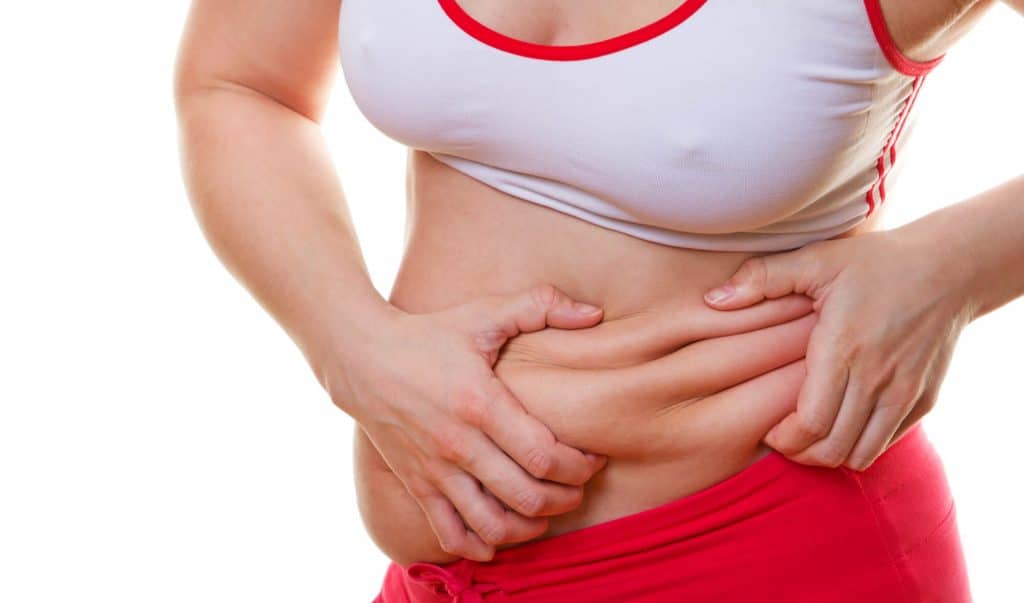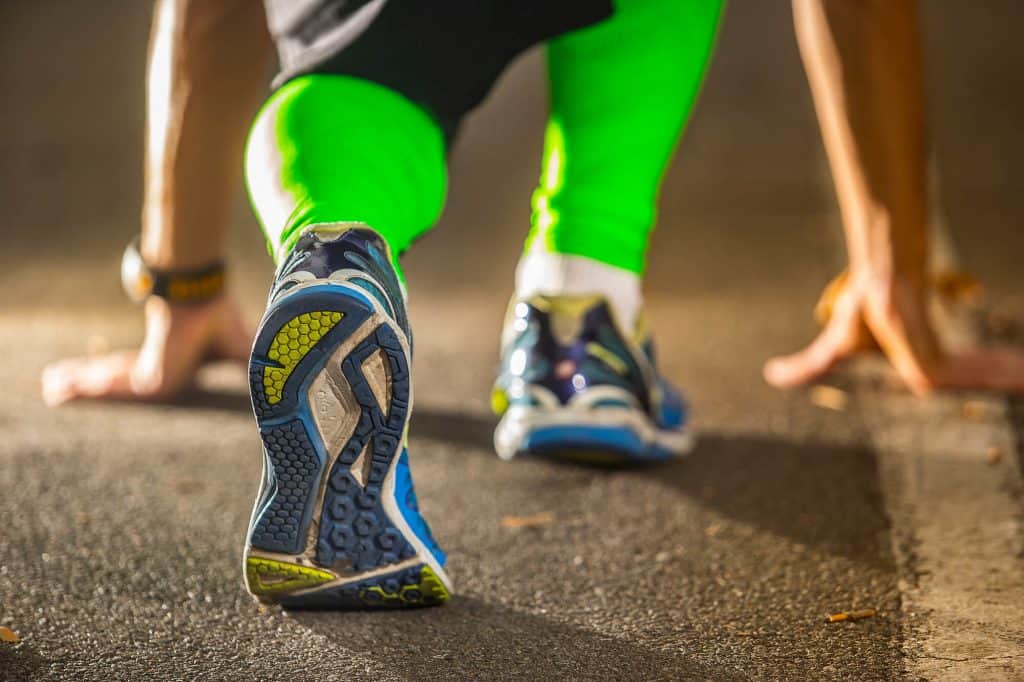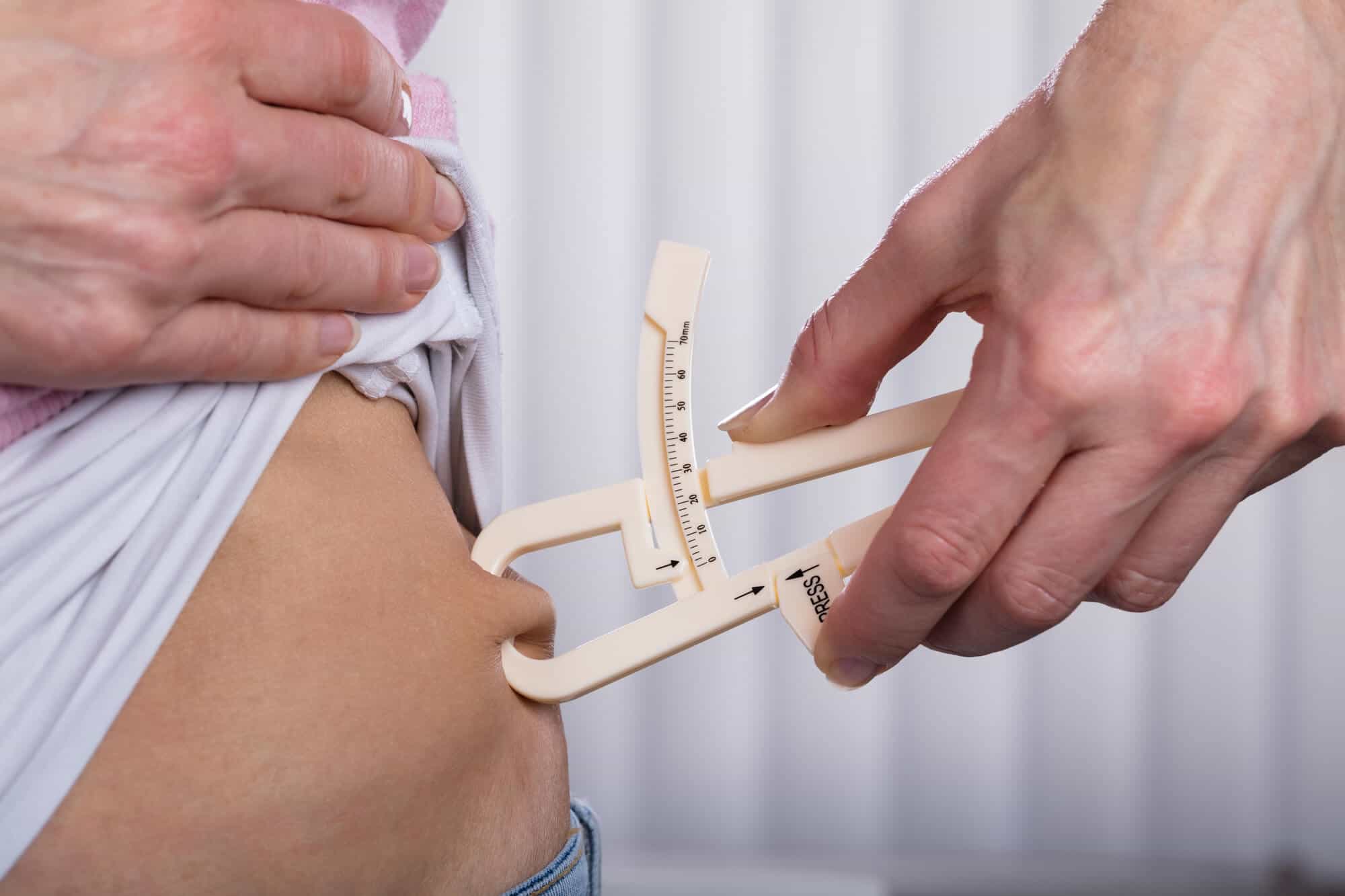Running to Lose Fat in Stomach: Fat accumulates around the stomach because of unhealthy food, low-quality sleep, and poor or lack of exercise. People don’t just hate belly fat for aesthetic reasons, but it’s actually quite dangerous as it increases the risk of diabetes, strokes, cardiovascular activities, and some types of cancer.
Running isn’t just a cool way to get fit, but it can actually help you lose that stubborn fat that accumulates around your belly and will work if you follow the right steps.
So, let’s dive in to learn more about the best tips and tricks for running to lose fat in stomach.
Running to Lose Fat in Stomach
Running is an excellent form of exercise, and if you follow a good and balanced diet, it will help you get fit fast. Unlike other sports, you need no preparation or equipment to start running, and you can literally practice it anywhere, and any time you like.
Going on a run has several benefits as it helps prevent knee damage and pain, lowers blood sugar, and improves blood flow to the brain and other organs. It also helps with losing belly fat while strengthening your core muscles. Here are the best tips to follow to lose fat while running.
- Always consult your doctor before you practice running for weight loss. If you suffer from a chronic medical condition that prevents you from running, then choosing another exercise would be a must.
- Listen to your body and stop whenever you don’t feel uncomfortable. It’s always better to go slower on your fitness journey until you’ve gained some endurance that allows you to go faster.
- Make sure that you’re wearing the right shoes to support your body and protect your knees and hips while running.
- Wear the right clothes that allow you to breathe comfortably and make sure that they’re designed to keep you well-ventilated.
- Always warm-up before you go for a run. It activates your muscles and prepares them for the effort. It also increases your range of motion, thus decreasing the risk of injury.
- Eat healthy food before and after you run. The idea is to lose belly fat and maintain this fat loss.
- Switch up your pace while you’re running. This is an excellent way to burn more calories and increase your metabolism. Start at a fast pace and then jog at a slower pace for recovery, and then increase your pace one more time.
- Try to increase the distance you’re running. Increasing the distance and time as you build more muscles will burn more fats in the long run. Also, if you practice hard enough, you’ll notice an increase in your stamina and endurance.
- Try to lift your knees when you’re running. This will help tone your ab muscles, and as a result, they’ll be able to burn more fats.
- Running on a challenging trail with multiple obstacles is a good exercise to lose belly fat. As you navigate an unexpected trail, you’ll end up exercising your hamstrings, quads, calves, and abs, eventually resulting in more burnt fats.
- Stay motivated. It takes time for your body to respond and eventually burn the fats that accumulated over the years. It’s a good idea to use a running app or run with a partner for encouragement.
Which Type of Running Will Help Me Lose Fat in Stomach?

About 50 million Americans participate in some type of running or jogging, so it’s probably one of the most popular sports. Some people run to stay fit, while others go for runs to help them reach their target weight and tone their bodies.
Before diving deeper into how running works, it’s important to highlight that there are different types of running. These various types are suitable for different people and don’t work the same.
- Base or normal runs are the ones practiced by most people. These are short to moderate length runs that usually last about 5 or 6 miles. When done at a natural pace, base runs can be a great start to your day as they help you feel refreshed in the morning.
- Long runs that usually last for 10 to 12 miles are also done at your normal pace, but their main purpose is to increase your level of endurance and fitness. People usually practice long runs twice or three times a week when they have time to spare.
- Interval runs involve short and intense runs where you try to go as fast as you can, followed by short jogging breaks. The purpose of these interval runs is to improve your stamina and increase your running speed over time.
- Hill repeats as just like interval runs, but they’re done uphill. They put more pressure on your muscles but eventually have a huge impact on your stamina.
- Progression runs are more like competitive runs. You start with a slow pace and then increase your speed towards the end. The purpose of these runs is to reduce fatigue and increase stamina.
- Recovery runs are done after hard runs like interval runs or hill repeats. They simply add more distance to your running course but are done at a comfortable pace.
How Does Running Help Lose Fat In The Stomach?
All types of running can help reduce fat in your body and around the stomach in particular. However, high-intensity runs like interval runs work best for weight and fat loss. This is how running works to burn fats.
Aerobic Exercise
Moderate to high-intensity interval running targets the accumulated fat. Even if you don’t change your diet, you’ll notice a change in the way your body looks because you strengthen the core muscles.
When the muscles are stronger, they’ll be able to work harder and eventually burn more fats, especially belly fat. This is why running is an excellent way of reducing the risk of cardiovascular diseases.
Burn Calories
Burning fats and losing weight happens when you burn more calories than you consume. Besides eating at a calorie deficit, any type of exercise will help you achieve this goal.
However, running is probably one of the best ways to achieve this target because you burn more calories than most other types of exercise. When you run, you move more muscles than in most sports, and as a result, you burn more calories.
Different types of running burn various amounts of calories, but interval running, which resembles other HIITs, is proven to burn more calories.
The difference in calories burnt per mile when you’re walking and running doesn’t seem like much when you’re practicing for a short distance. But with longer distances and over several months, the difference will be significant.
Calories Continue to Burn After Running
Like other high-intensity interval training, your body continues to burn calories even after you stop exercising. All types of exercises will help you burn calories while you’re working out, but only a few of them continue to do so even after you’re done.
Interval running, where you go at a fast pace, is one of these exercises. Your body continues to burn calories for up to 48 hours even after your run is over. As a result, it’s an excellent way to shed the excess weight and burn the stubborn fat that doesn’t seem to go away.
This happens because of what fitness experts call the afterburn effect. When you run at a high pace, you need more energy to recover because many muscles are exercised. So, your body keeps on burning a significant number of calories even after you’ve returned home.
In the long run, interval running will help you burn the stubborn fats that accumulate in different areas of your body, especially around the stomach.
Eat Less
Remember that the key to losing weight is to eat at a calorie deficit. So, you need to eat healthy food and cut down on sugar and fats to stay in good shape and burn fats. However, cutting down on food can actually make you hungry, and losing weight will be more difficult.
High-intensity exercise like interval running will suppress your hunger. There’s scientific proof that running increases the production of some hormones like ghrelin which controls your hunger levels. As a result, you’re less likely to feel that you’re starving, even if you’re trying to control your diet.
Moreover, when you eat a pre-run and a post-run snack that are both packed with healthy nutrients, you’re less likely to feel that you’re craving sugar and unhealthy foods that eventually contribute to weight gain.
What Else Can Running Help You With?

Apart from burning belly fat, running has a lot of other health benefits.
- Running is an exercise that strengthens the heart. Your heart will be able to pump the blood to different parts of your body.
- Running strengthens the ligaments and tissues that surround your knees, so it makes them stronger. As a result, it’s a potent way of reducing knee pain.
- All types of running make the body cells more sensitive to insulin. As a result, more sugar moves to the cells to produce fuel and help them function, and the risk of diabetes is reduced.
What is the Danger of Belly Fat?
We talked earlier about belly fat, but not all fat is equal. There are actually two types of fats that accumulate in the body.
Subcutaneous fat sits under the skin, and this is the fastest fat to burn. Unfortunately, visceral fat accumulates behind the abdominal wall and is usually more difficult to target.
The first type doesn’t look good, but you’re likely to lose it if you eat healthy food and exercise moderately. This is the fat your body needs to produce energy, so it’s not as dangerous. The second type surrounds your organs and has a lot of health risks.
Just a little fat around the organs is necessary for protection. Nevertheless, when there’s too much fat around your organs, you tend to have a beer belly, which can affect your hormones and the way some organs function.
Visceral fat releases fatty acids into the body, eventually affecting the functions of the liver, pancreas, and heart. In addition, it accumulates in cells that are not supposed to store fats and eventually leads to hormonal imbalances. This eventually leads to an increase in cholesterol, which affects the heart, and insulin, leading to an increase in high blood sugar levels.
The increase in blood sugar levels has been linked to other health conditions like Alzheimer’s and dementia, and hormonal imbalance can also increase the risk of different types of cancer like breast cancer.
Your goal shouldn’t be to eliminate all the fats in your body, as this can actually be dangerous. Instead, you need to follow the medical guidelines to keep your fats within the normal range.
How Often Should I Run to Lose Belly Fat?
You need to burn about 3500 calories to get rid of one pound of fat. And burning this amount is affected by your gender, age, and overall health.
Men tend to burn fats faster than women simply because of genetics. But you can work your muscles to make them stronger, and this will help you burn more fats in the long run.
A 20-year-old person will indeed be able to get rid of fats faster, but it’s never too late for the rest of us to start. You can start by running for five miles a day and then increase the distance gradually. Remember that you have to eat fewer calories, or you’ll have to run more to burn the fats that you ingest.
When you aim for a faster pace, even while maintaining the same distance, you’ll end up burning more fats. It takes time and practice, but it will eventually pay off.
Running should be part of your overall plan to be healthy. You need to switch high-calorie and fat-dense food for vegetables and fruits and keep your calorie intake within the healthy limit. A 2000-calorie diet will help you burn unwanted fat if you’re a healthy adult.
It’s not magic, and it takes between 6 to 12 months to see how your body is changing. However, after a few months, you’ll notice the following.
- You have more energy, and your overall sense of well-being has improved. You don’t feel sluggish or sleepy, and you have more vitality throughout the day.
- You’ll notice that your clothes fit differently. This is because your belly doesn’t hang over your pants even if you’re not losing weight on the scale. This happens because your muscle mass is increasing.
- Your body measurements are changing. This happens not just because you’re losing weight but also because your body levels of bad cholesterol are decreasing.
- You begin to notice some muscle definition. Even if you’re not incorporating resistance and weights into your exercise, you’ll begin to see that your abs, calves, hamstrings, and quads look more defined, and your overall body looks more toned.
- You’re not hungry all the time. Switching to satisfying and healthy food will help you change your eating habits, and exercising will increase your dopamine which affects your mental state and reduces stress and depression.
- Chronic pain in your back and knees is improving. As your muscles, tendons, and ligaments get stronger, they’ll be able to carry your body weight better.
- You notice an improvement in your bowel movement. Exercising will help you get rid of constipation because you’re also opting for a healthier diet, and your body organs are functioning better.
Final Thoughts On Running to Lose Fat in Stomach
Running is an excellent way to get rid of the fat around the stomach. However, it takes time and should be part of a healthy lifestyle that involves switching to a healthier diet.
Interval running where you go at a higher pace followed by a recovery period will help target the stubborn fats that accumulate around your belly and affect your overall health.

